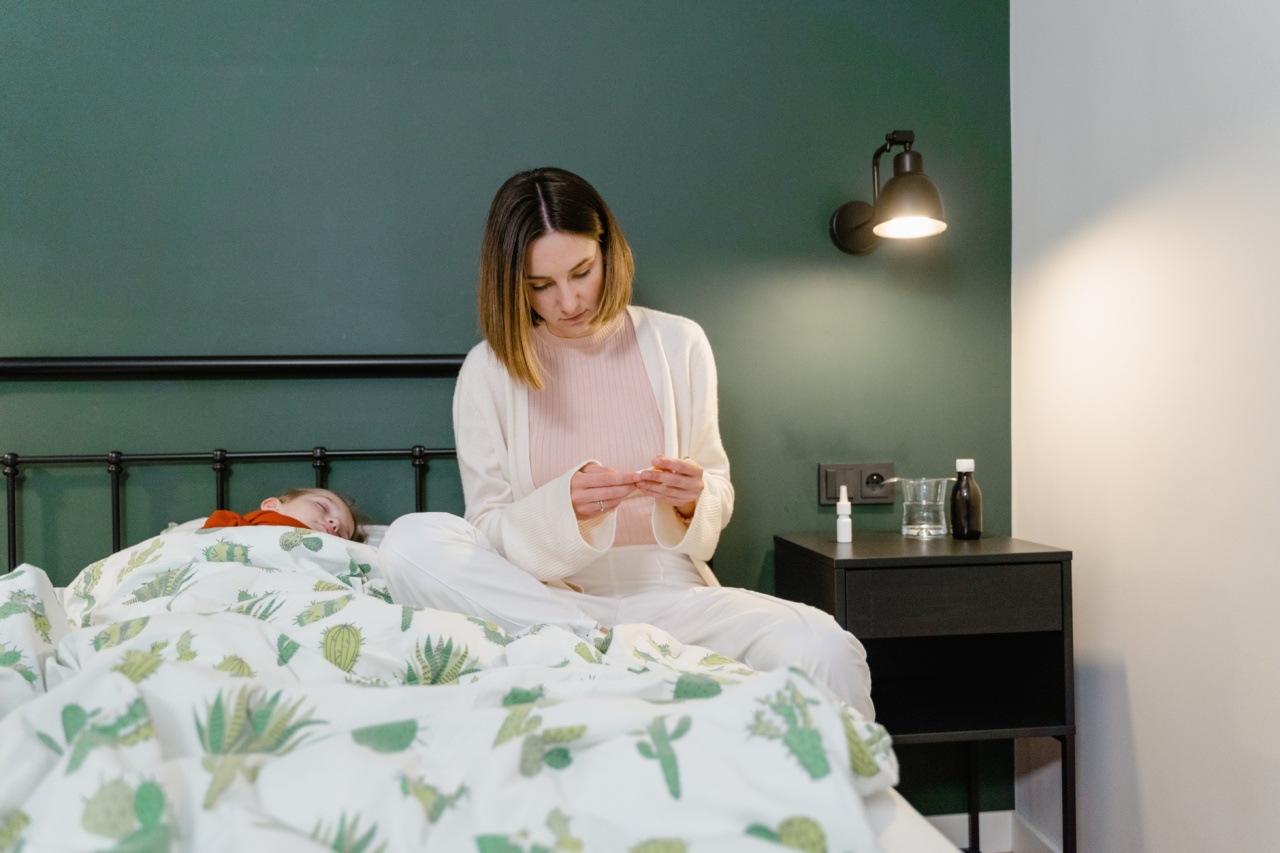Sleep is vital for overall health and well-being, playing a crucial role in various aspects of our lives, including physical and mental health, cognitive functioning, and emotional balance.
However, an estimated 50-70 million Americans suffer from sleep disorders, which can significantly impair their quality of life and daily functioning. Sleep disorders can affect individuals of all ages, including children and adults, leading to a wide range of symptoms and complications.
The Impact of Sleep Disorders
Sleep disorders encompass a broad spectrum of conditions that disrupt the normal sleep patterns and daily sleep-wake cycle. Common sleep disorders include insomnia, sleep apnea, restless leg syndrome, narcolepsy, and parasomnias.
These disorders can cause difficulties falling asleep, maintaining sleep, or even excessive daytime sleepiness. As a result, individuals may experience fatigue, irritability, poor concentration, increased risk of accidents, and a decline in overall cognitive performance.
When left untreated, sleep disorders can have severe consequences for both children and adults.
In children, inadequate sleep can interfere with their growth and development, affecting their physical health, cognitive abilities, and academic performance. In adults, sleep disorders are associated with an increased risk of various health conditions, including obesity, cardiovascular diseases, diabetes, and mental health disorders.
The Conventional Approaches to Treating Sleep Disorders
Traditionally, sleep disorders have been treated through various approaches, including lifestyle modifications, medications, and behavioral therapies.
While these interventions can be effective, they may not address the underlying causes of sleep disorders or provide a long-term solution. Additionally, some medications may come with side effects, and behavioral therapies often require significant commitment and time.
Introducing Hypotheradoscopy
Hypotheradoscopy, a relatively new and innovative treatment modality, has shown promising results in improving sleep quality and addressing sleep disorders in both children and adults.
This therapeutic approach focuses on the use of controlled hypothermic temperatures to regulate and optimize sleep patterns.
The Science behind Hypotheradoscopy
Hypotheradoscopy is based on the principle that temperature plays a crucial role in promoting healthy sleep patterns.
By carefully managing the body’s temperature during sleep, it is possible to optimize different stages of sleep, including the duration and depth of restorative deep sleep and REM sleep. The therapy involves the use of specialized cooling devices or mattresses that maintain a specific temperature range to induce better sleep.
The Benefits of Hypotheradoscopy
1. Improved Sleep Quality: Hypotheradoscopy has been shown to enhance sleep quality, leading to increased daytime alertness, improved concentration, and overall cognitive performance.
2. Regulation of Sleep-Wake Cycle: By optimizing the body’s temperature during sleep, hypotheradoscopy helps regulate the sleep-wake cycle, ensuring individuals experience restful and refreshing sleep.
3. Reduction of Sleep-Onset Latency: Sleep-onset latency refers to the time it takes for an individual to fall asleep. Hypotheradoscopy has been found to decrease this latency period, reducing the time taken to initiate sleep.
4. Alleviation of Sleep Disorders: Hypotheradoscopy has shown promising results in addressing various sleep disorders, including insomnia, sleep apnea, and restless leg syndrome. It offers a holistic approach to managing sleep-related conditions.
5. Non-Invasive and Safe: Unlike some traditional treatment modalities, hypotheradoscopy is non-invasive and safe, with minimal risk of side effects or complications.
6. Enhanced Physical and Mental Health: By improving sleep quality, hypotheradoscopy contributes to overall physical and mental well-being, reducing the risk of developing associated health conditions.
The Effectiveness of Hypotheradoscopy in Children
Hypotheradoscopy has shown promising results in the treatment of sleep disorders in children. Pediatric sleep disorders can significantly impact their growth, development, and academic performance.
By improving sleep quality, hypotheradoscopy can help children overcome these challenges, leading to enhanced cognitive abilities and better emotional regulation.
The Effectiveness of Hypotheradoscopy in Adults
Adults struggling with sleep disorders can also benefit from hypotheradoscopy. The therapy enables adults to achieve restful sleep, reducing daytime sleepiness, fatigue, and the associated health risks.
By optimizing sleep patterns, hypotheradoscopy contributes to overall well-being and allows for better management of chronic conditions.
Consultation and Treatment Process
If you or your child are experiencing sleep disorders, consulting a healthcare professional specializing in sleep medicine is essential.
They can assess your symptoms, conduct diagnostic tests if required, and recommend suitable treatment options, including hypotheradoscopy.
The treatment process typically involves an initial consultation, where the healthcare professional evaluates your medical history, sleep patterns, and other pertinent factors.
If hypotheradoscopy is deemed a suitable treatment, you will be provided with the necessary instructions, guidance, and resources to undergo the therapy effectively.
Hypotheradoscopy sessions are conducted in a controlled environment, ensuring optimal temperature management and comfort. Depending on the severity of the sleep disorder, multiple sessions may be required to achieve the desired results.
Conclusion
Hypotheradoscopy presents a promising approach towards effectively treating sleep disorders in both children and adults. By focusing on temperature regulation during sleep, this innovative therapy optimizes sleep patterns and enhances sleep quality.
With its numerous potential benefits and minimal risks, hypotheradoscopy offers a valuable alternative for individuals seeking relief from sleep-related conditions. If you or someone you know is struggling with a sleep disorder, consulting a healthcare professional experienced in hypotheradoscopy can help explore this effective treatment option.































